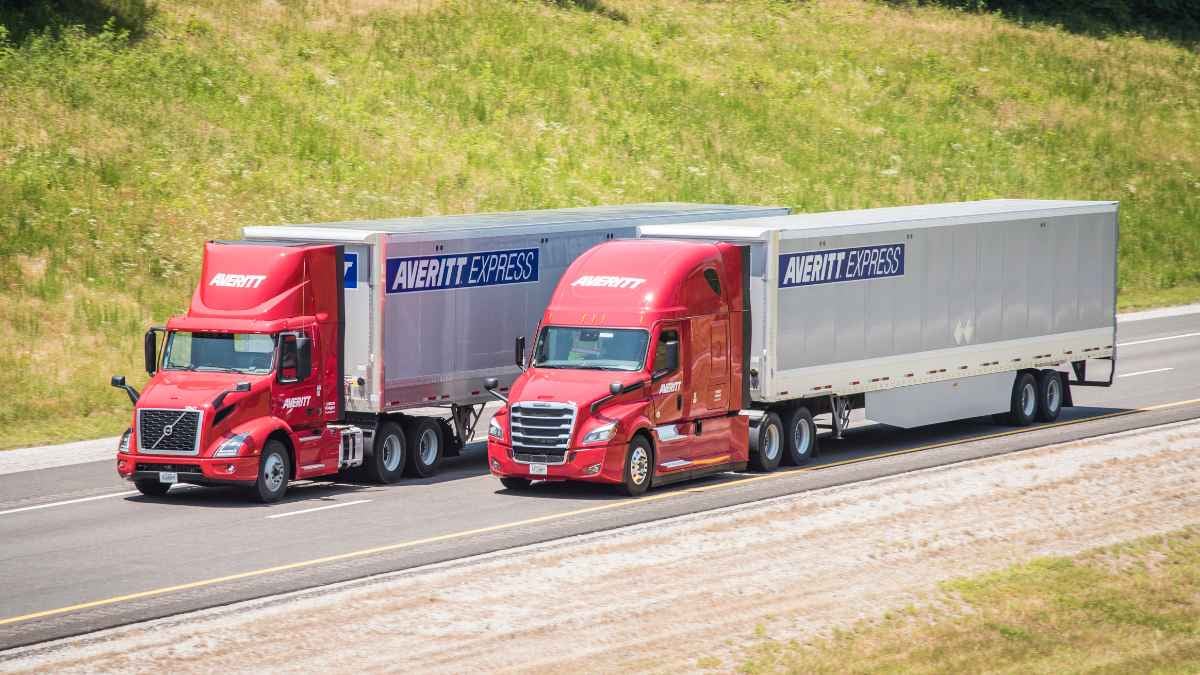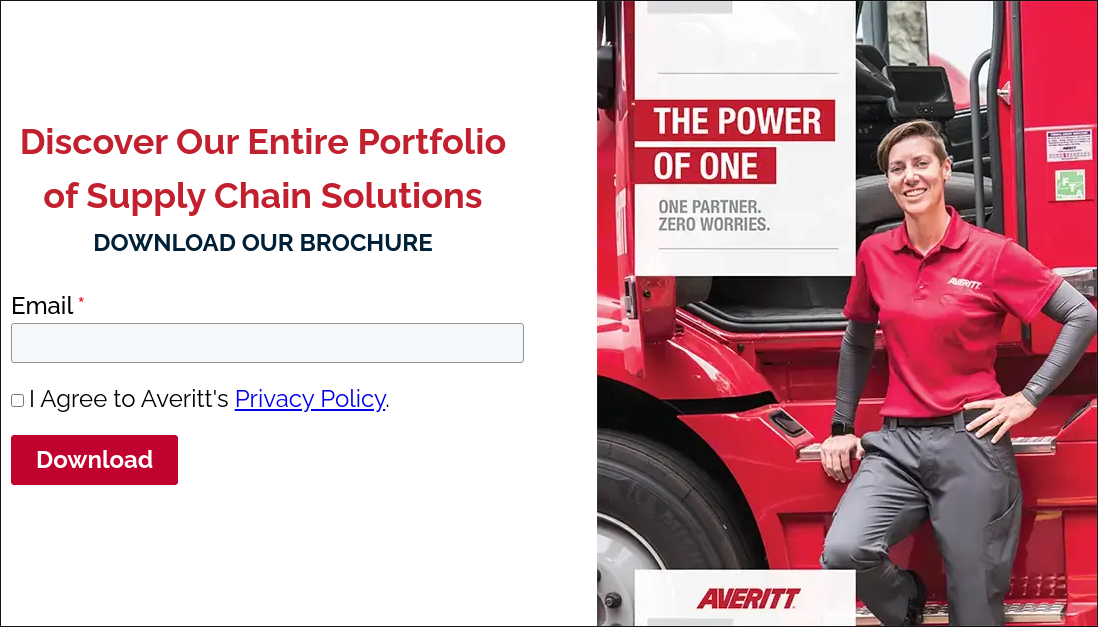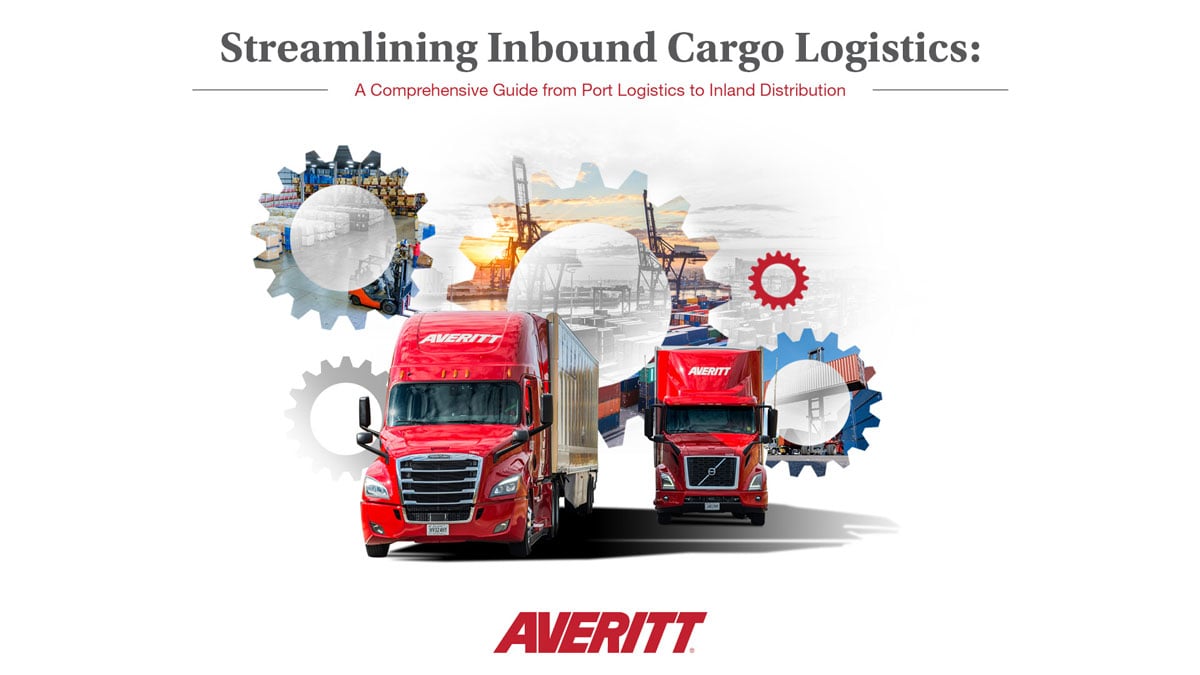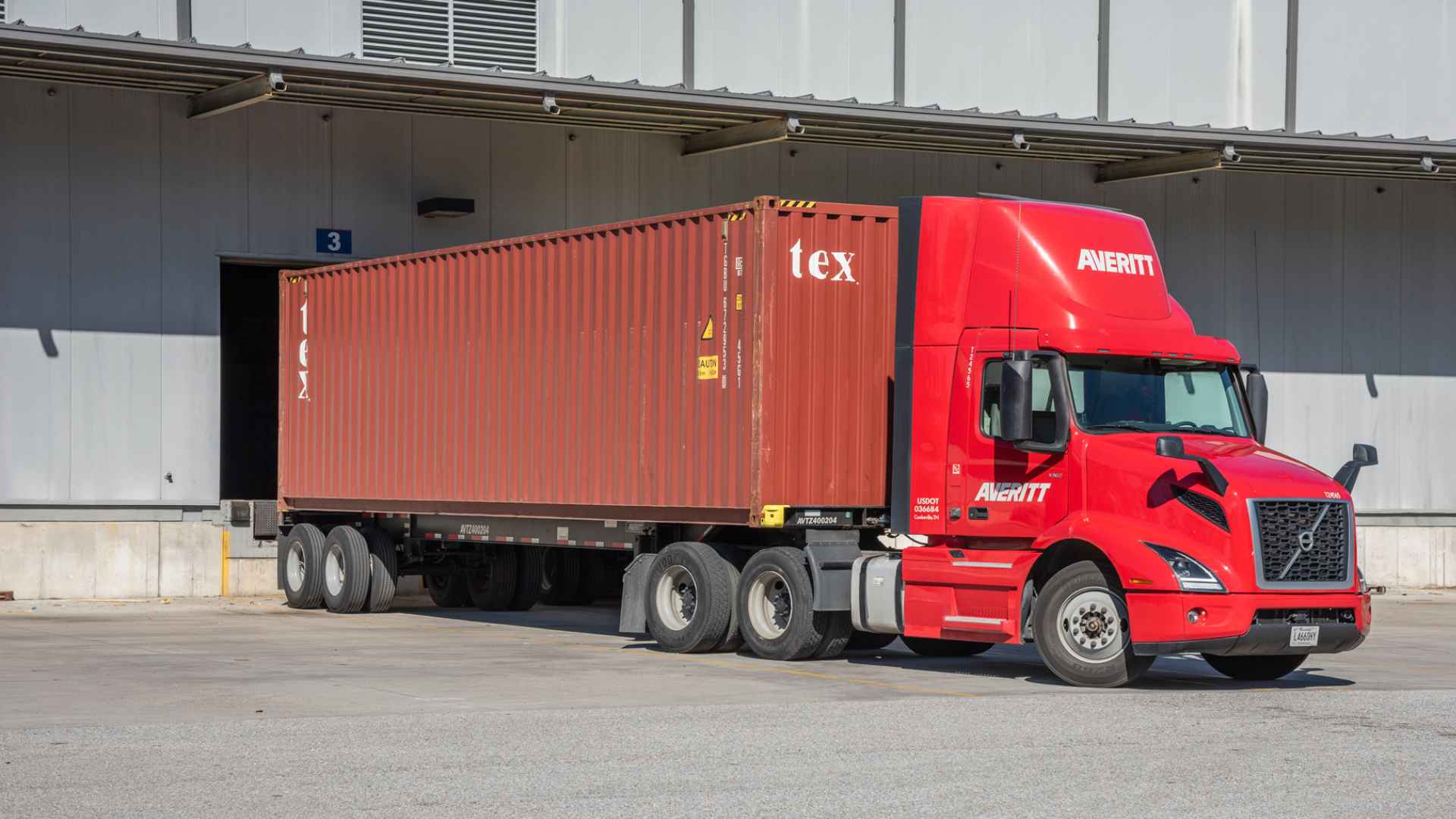The holiday season is a critical time for retailers, presenting both sizable opportunities and significant challenges. As consumer demand skyrockets, the resilience and efficiency of a retailer’s supply chain are put to the test.
With competition and consumer expectations growing higher every year, there’s enormous pressure to deliver products promptly and efficiently. Mistakes can lead to lost sales and unhappy customers.
The holiday rush is a testament to a retailer’s preparation, adaptability, and foresight. As demand surges, logistical intricacies mount. So how do successful retailers maintain peak supply chain performance during these high-pressure times?
Anticipating Demand: The Key to Peak Season Readiness
In the ever-changing retail landscape, few tasks are as important – or challenging – as accurately predicting demand, especially during the bustling peak season. An off-target forecast can ripple through a supply chain, resulting in costly overstocks or missed sales opportunities due to a lack of product. To combat this, forward-thinking retailers take a multi-faceted approach to forecasting:
Historical Sales Data: By analyzing sales trends from previous years, retailers can discern patterns and make educated projections. But relying solely on historical data won’t always show the full picture.
Market Trends Analysis: Anything from new product launches, shifting consumer preferences, or global economic shifts can significantly alter demand. Retailers need to stay up-to-speed on such external influences.
Advanced Analytics and Predictive Tools: The advent of sophisticated analytics tools powered by artificial intelligence and machine learning has revolutionized forecasting. These tools can process vast amounts of data, providing retailers with a more holistic and accurate view of potential sales trends.
By blending these methods, retailers can optimize their inventory levels – ensuring they're positioned to meet consumer demand while safeguarding against the financial pitfalls of overstocking or understocking.

Strengthening Supplier Relationships: Ensuring Supply Chain Consistency
Reliable suppliers and manufacturers are obviously crucial components in the retail supply chain – and this is even more true during peak seasons. To ensure consistency and reliability, successful retailers focus on:
Collaborative Planning and Forecast Sharing: Informing suppliers about projected sales volumes and expected high-demand periods helps them align their production schedules with retailer requirements. This can reduce lead times and ensure a steady product supply.
Open and Regular Communication: With the dynamic nature of retail, where situations can change in an instant, it’s important to keep communication channels open. Regular updates, routine reviews, and even digital collaboration platforms can help both parties stay on the same page and address challenges promptly.
Backup Supplier Arrangements: As the past few years have shown, global supply chains are vulnerable to various disruptions – from political issues to natural events. That’s why it’s only logical for retailers to establish relationships with alternative suppliers. This strategy provides a safety net if the primary supplier runs into problems.
By prioritizing and nurturing these relationships, retailers can improve the stability and reliability of their supply chains, better positioning themselves for peak season demands.
Optimizing Inventory Management: Ensuring Product Availability
Effective inventory management becomes even more critical during peak seasons as retailers work to meet increased demand without incurring excessive costs. Key strategies include:
Just-In-Time (JIT) Inventory: This method focuses on ordering stock as needed, reducing the costs associated with holding excess inventory while ensuring products are fresh and up-to-date. This strategy can also be supported by just-in-time warehousing, which is an inventory practice of staging products in nearby distribution centers for quick delivery when surges in demand arise.
Safety Stock: Maintaining a buffer of extra inventory safeguards against unexpected supply chain disruptions and ensures that retailers can always meet customer demand.
Tiered Inventory Management: This comprehensive approach optimizes inventory at every stage, from central Distribution and Fulfillment Centers to individual retail locations, ensuring the right amount of stock is available at the right place and time.
By effectively implementing these strategies, retailers can ensure they have the necessary products on hand during high-demand periods without tying up resources in unused inventory.

Enhancing Transportation Management: Moving Products Efficiently
Meeting the heightened demand of peak seasons means ensuring products reach the market promptly. That’s why retailers often work closely with transportation partners to achieve:
Mode Flexibility: Depending on the urgency and nature of the goods, retailers must be adaptable in choosing the best transportation mode, whether it’s air, sea, rail, or road.
Real-time Tracking: Keeping a real-time eye on shipments helps retailers stay informed so they can quickly address any transportation issues that may arise.
Route Optimization: Finding the most efficient routes ensures deliveries are not only timely but also cost-effective.
By focusing on these transportation strategies, retailers can confidently manage the increased flow of products during peak seasons.
Additionally, many large retailers such as Walmart and Target require their suppliers to meet strict delivery guidelines. Referred to as On Time In Full and Must Arrive By Date, these delivery standards help to ensure that retail shelves remain stocked leading up to and throughout peak season.
When shippers fail to meet the standards set by these guidelines, they can incur fees. Be sure to partner with a carrier that understands the ins and outs of retail delivery to help avoid fees and to maintain a positive supplier/retailer relationship. Averitt has an entire team that specializes in monitoring and managing retail delivery shipments.
Leveraging Technology: Modernizing Supply Chain Operations
Today’s technology offers tools that can significantly improve supply chain management. By integrating AI and machine learning solutions, retailers can:
Predict Disruptions: Data analytics tools can forecast potential supply chain disruptions, allowing for proactive problem-solving.
Automate Warehousing: Efficiency is crucial in warehousing. Automated processes via technology ensure orders are picked, packed, and shipped quickly and accurately.
Enhance Supply Chain Visibility: A transparent supply chain benefits all involved. Modern tech solutions provide clear oversight across all supply chain stages, keeping all parties informed and aligned.
Embracing these technological advancements helps retailers manage the complexities of peak seasons more effectively.
Averitt Enterprise is a transportation management solution that blends supply chain data, predictive analytics, and dedicated teams to provide companies an encompassing transportation and supply chain management program. At every link in the supply chain, from international forwarding to inventory management and final mile delivery, Averitt Enterprise provides clear analytical insights to help retailers make the best decision at the right time.
Watch the short video below to learn more about Averitt Enterprise:
Efficiency. Visibility. Flexibility. They're the qualities every successful supply chain depends on. But achieving all three at the same time can be a challenge. That is, until now. Introducing Averitt Enterprise, an entirely new approach to transportation management. Turnkey simplicity, transparent costs, complete carrier neutrality, all driven by the best technology in the industry. Our cloud based Oracle technology delivers perfectly integrated solutions at every stage of the process, from order management to shipment planning and execution to freight settlement and reporting. With Averitt Enterprise, each risk free implementation is designed around the customer's unique needs, providing all the advantages of a third party logistics model, but with the flexibility to choose your own carrier, Which means you can outsource all the planning and execution of your transportation operations to an industry leader with over fifty years of shipping expertise, while enjoying predictable costs, complete transparency, and total freedom. Find out for yourself what happens when best in class technology meets unequaled service with Averitt Enterprise, the turnkey way to optimize your transportation management.
Diversifying Distribution Centers: Improving Efficiency and Reducing Risks
Using multiple distribution centers positioned in key areas has distinct advantages for retailers:
Shorter Transportation Times: With centers closer to end consumers or retail outlets, products can be delivered faster, meeting the high demand of peak seasons.
Risk Mitigation: If one distribution center encounters issues, having others in different locations ensures continuity in product distribution and reduces potential disruptions.
By strategically utilizing multiple distribution centers or micro-fulfillment centers, retailers can enhance their supply chain resilience and deliver products more efficiently.
Want to streamline your inbound supply chain? Download our white paper Streamlining Inbound Cargo Logistics for best practices and proven strategies.
Prioritizing Customer Communication: Building Trust and Managing Expectations
Clear and timely communication is essential in retail, especially during peak seasons:
Addressing Delays or Issues: When problems arise, prompt updates help manage customer expectations and demonstrate a retailer’s commitment to transparency.
Real-time Tracking: Giving customers the ability to track their orders in real time keeps them informed and elevates their shopping experience.
Retailers can foster greater trust and customer satisfaction by placing a premium on open communication.
Let Averitt Help You Achieve Peak Season Success
Navigating peak seasons in retail is a multi-faceted challenge. It demands a blend of careful planning, the use of modern technology, and collaboration with trusted partners.
That's where Averitt can help position your business to succeed during the holidays and beyond. With an on-time delivery record of over 99% and more Quest for Quality Awards than any other carrier in the South, our commitment to customer service is unmatched.
By leveraging our expertise and adaptability, retailers can more efficiently manage their supply chain needs – ensuring they're well-prepared to shine when demand heats up.


.png?width=542&height=179&name=PNG-Averitt%2055%20Years%20RED%20ODFIP%20(1).png)









